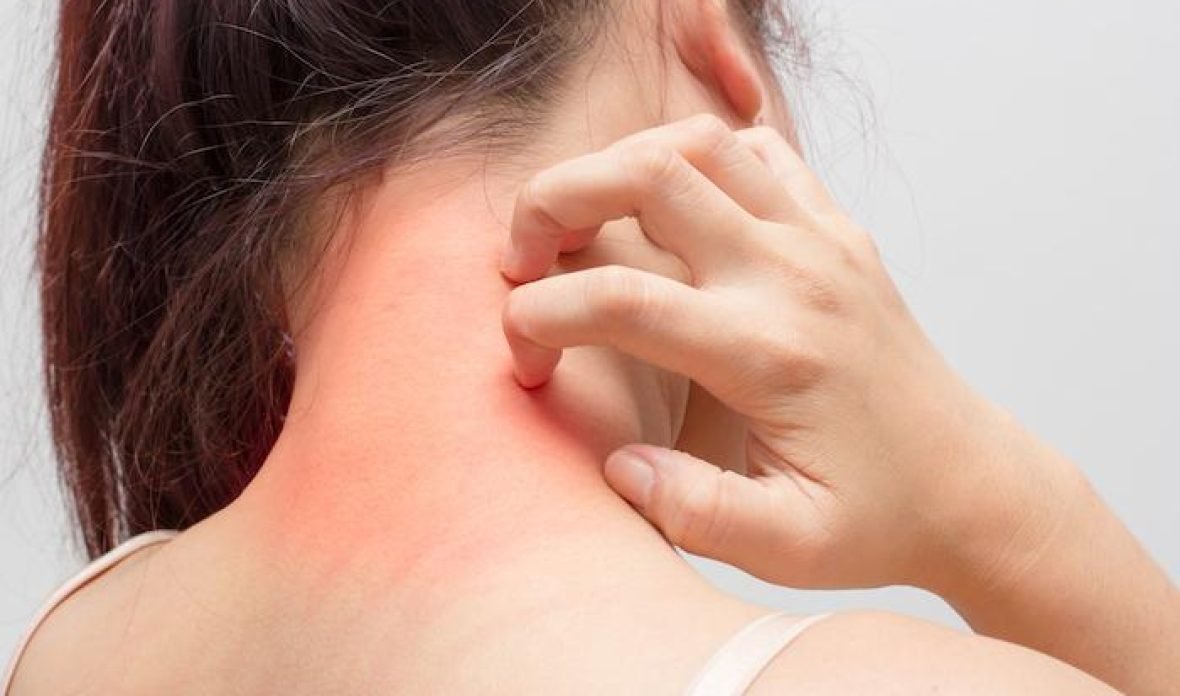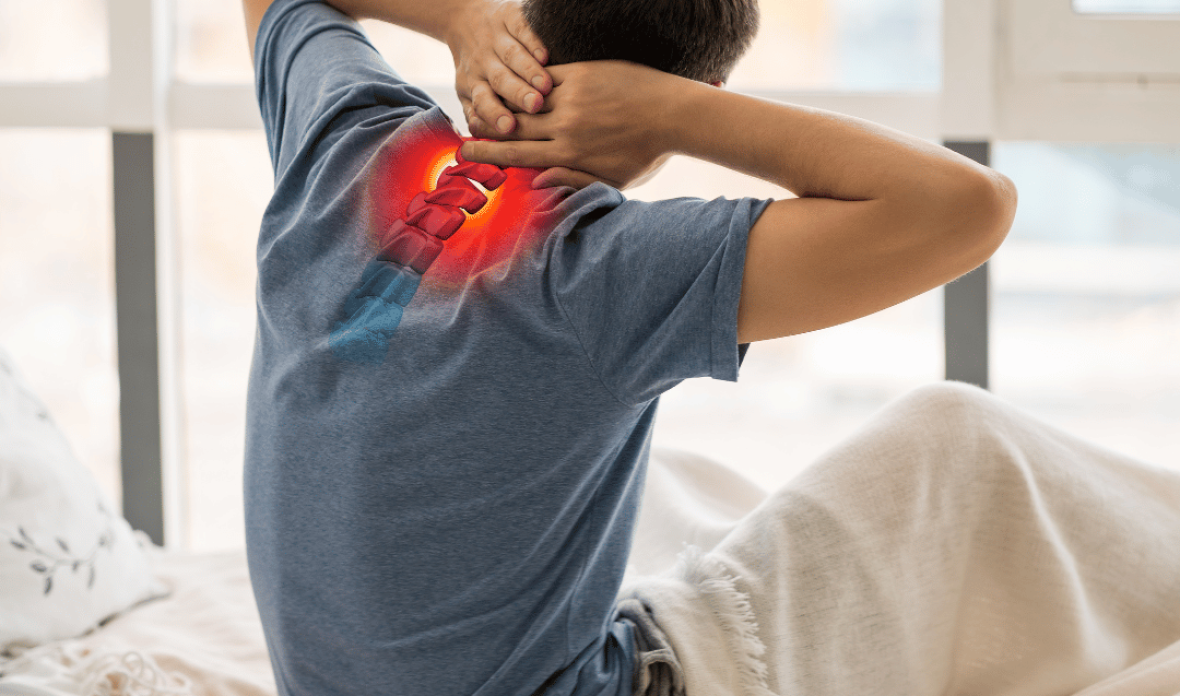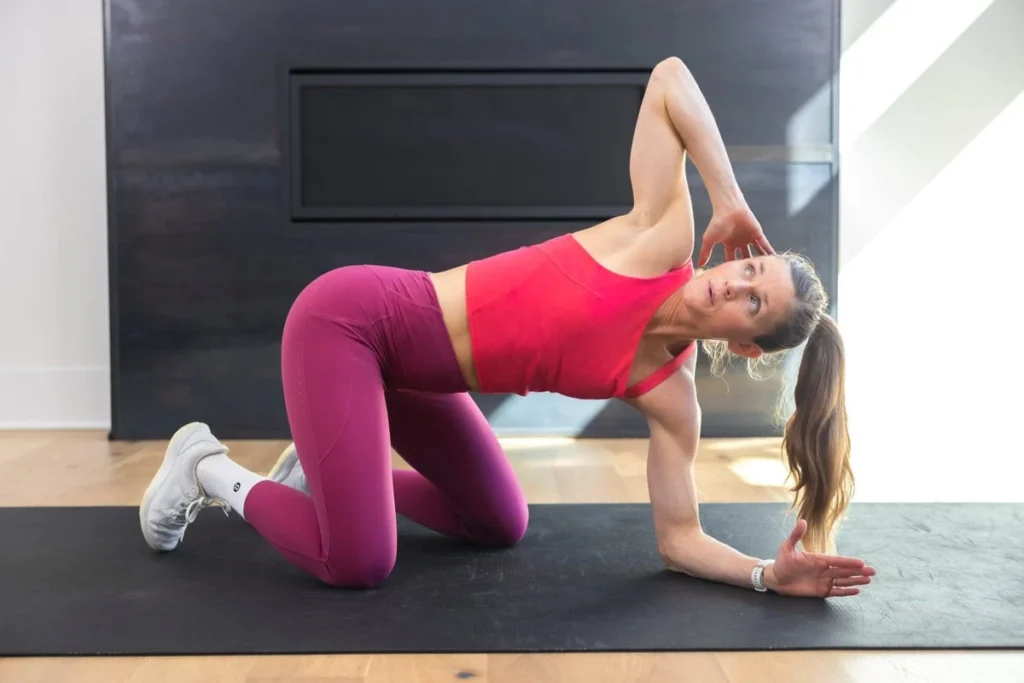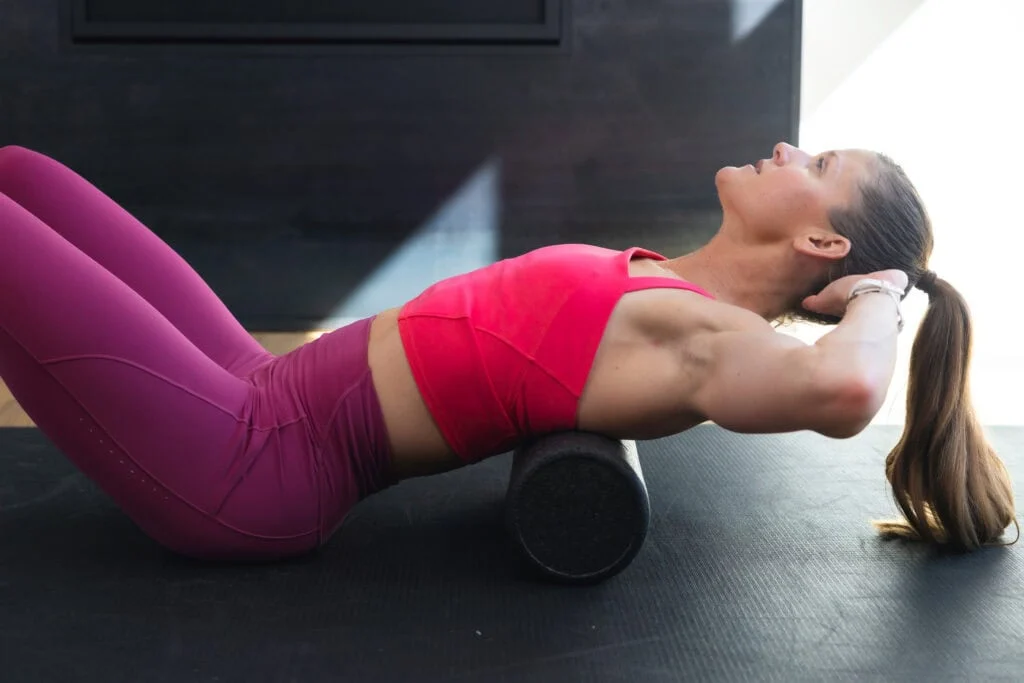Postural Neck Pain
(FHP Forward Head Posture)

Other Case Studies
Book a Consultation:



History
The patient is a 28-year-old female office worker presenting with neck pain. Her NPRS score is 6/10. She has no significant past medical history.
Her symptoms worsen when looking at a computer screen for extended periods, often accompanied by headaches and upper back tightness. However, her condition improves with rest, particularly in a supine position. No investigations have been performed.
Evaluation
On examination, the patient exhibits a significant forward head posture with visibly reduced cervical lordosis. Tightness is observed in the upper trapezius, pectoral muscles, and suboccipital muscles. Additionally, she has limited neck mobility, indicating a strong correlation between her posture and pain symptoms.
A cervical range of motion (ROM) assessment reveals restricted movement in all directions, with extension being particularly provocative.
The Wall Test and Craniovertebral (CV) Angle measurements confirm the presence of forward head posture.
A sensory examination and motor assessment were conducted, both of which were intact.
Additionally, the patient displays rounded shoulders as a compensatory adaptation to her forward head posture.
Based on subjective and objective findings, the patient has been diagnosed with Postural Neck Pain (FHP – Forward Head Posture).
Sensory examination showed significant loss in the L4, L5, and S1 dermatomes, with 95% loss in the left leg and 90% loss in the right leg.


Treatment
Visit 1
The first session focused on educating the patient about vertebral body movement in the upper and lower cervical spine, as well as the thoracic region.
Interventions included deep cervical flexor endurance exercises and serratus anterior strengthening. Given the patient’s forward head posture (FHP), chin tucks were prescribed—10 repetitions, five times a day—to help correct alignment. Thoracic extension exercises against the wall were also introduced to address upper and mid-back pain and improve spinal alignment.
Manual therapy consisted of soft tissue work on the upper trapezius, pectoralis group, suboccipital muscles, levator scapulae, and scalene muscles. Accelerated healing therapy was applied to reduce pain.

Visit 2-9
These sessions focused on progressively advancing therapeutic exercises to strengthen the mid and lower trapezius, serratus anterior, rhomboids, and shoulder muscles.
Additionally, stretching and mobility exercises were incorporated to enhance flexibility and joint range of motion.
The primary goal during this phase was to enhance shoulder and cervical muscle strength, improve scapulohumeral rhythm, and restore proper force coupling of the scapular upward rotators.
During this period, the patient reported an overall improvement in symptoms, with reduced pain during long car rides, prolonged sitting, and yard work.
Visits 10–19
During these sessions, the focus shifted to more advanced and challenging therapeutic exercises designed to strengthen the shoulder cuff muscles, arm muscles, and upper back muscles. Additionally, stretching and mobility exercises were incorporated to enhance flexibility and joint range of motion.
The primary objective during this phase was to improve overall body strength, promoting stability and resilience to reduce the risk of future injuries. Specific strengthening exercises targeting the biceps, triceps, and latissimus dorsi were introduced, along with resistive exercises to further develop muscular endurance and functional capacity.
Throughout this period, the patient demonstrated increased commitment to overall strength development, adopting a proactive mindset focused on injury prevention and long-term musculoskeletal health.
Visits 20
By session 20, the patient progressed to more advanced strengthening exercises to maintain her fitness. By the time of discharge, she self-reported a significant improvement in her quality of life, stating that she could work on her computer for over two hours pain-free. Her NPRS score had decreased from 6/10 to 0/10. She also noted improvements in both strength and mobility.
Evaluation
On examination, the patient exhibits a significant forward head posture with visibly reduced cervical lordosis. Tightness is observed in the upper trapezius, pectoral muscles, and suboccipital muscles. Additionally, she has limited neck mobility, indicating a strong correlation between her posture and pain symptoms.
A cervical range of motion (ROM) assessment reveals restricted movement in all directions, with extension being particularly provocative.
The Wall Test and Craniovertebral (CV) Angle measurements confirm the presence of forward head posture.
A sensory examination and motor assessment were conducted, both of which were intact.
Additionally, the patient displays rounded shoulders as a compensatory adaptation to her forward head posture.
Based on subjective and objective findings, the patient has been diagnosed with Postural Neck Pain (FHP – Forward Head Posture).
Treatment
Visit 1
The first session focused on educating the patient about vertebral body movement in the upper and lower cervical spine, as well as the thoracic region.
Interventions included deep cervical flexor endurance exercises and serratus anterior strengthening. Given the patient’s forward head posture (FHP), chin tucks were prescribed—10 repetitions, five times a day—to help correct alignment. Thoracic extension exercises against the wall were also introduced to address upper and mid-back pain and improve spinal alignment.
Manual therapy consisted of soft tissue work on the upper trapezius, pectoralis group, suboccipital muscles, levator scapulae, and scalene muscles. Accelerated healing therapy was applied to reduce pain.
Visit 2-9
These sessions focused on progressively advancing therapeutic exercises to strengthen the mid and lower trapezius, serratus anterior, rhomboids, and shoulder muscles.
Additionally, stretching and mobility exercises were incorporated to enhance flexibility and joint range of motion.
The primary goal during this phase was to enhance shoulder and cervical muscle strength, improve scapulohumeral rhythm, and restore proper force coupling of the scapular upward rotators.
During this period, the patient reported an overall improvement in symptoms, with reduced pain during long car rides, prolonged sitting, and yard work.
Visits 10–19
During these sessions, the focus shifted to more advanced and challenging therapeutic exercises designed to strengthen the shoulder cuff muscles, arm muscles, and upper back muscles. Additionally, stretching and mobility exercises were incorporated to enhance flexibility and joint range of motion.
The primary objective during this phase was to improve overall body strength, promoting stability and resilience to reduce the risk of future injuries. Specific strengthening exercises targeting the biceps, triceps, and latissimus dorsi were introduced, along with resistive exercises to further develop muscular endurance and functional capacity.
Throughout this period, the patient demonstrated increased commitment to overall strength development, adopting a proactive mindset focused on injury prevention and long-term musculoskeletal health.
Visit 20
By session 20, the patient progressed to more advanced strengthening exercises to maintain her fitness. By the time of discharge, she self-reported a significant improvement in her quality of life, stating that she could work on her computer for over two hours pain-free. Her NPRS score had decreased from 6/10 to 0/10. She also noted improvements in both strength and mobility.

